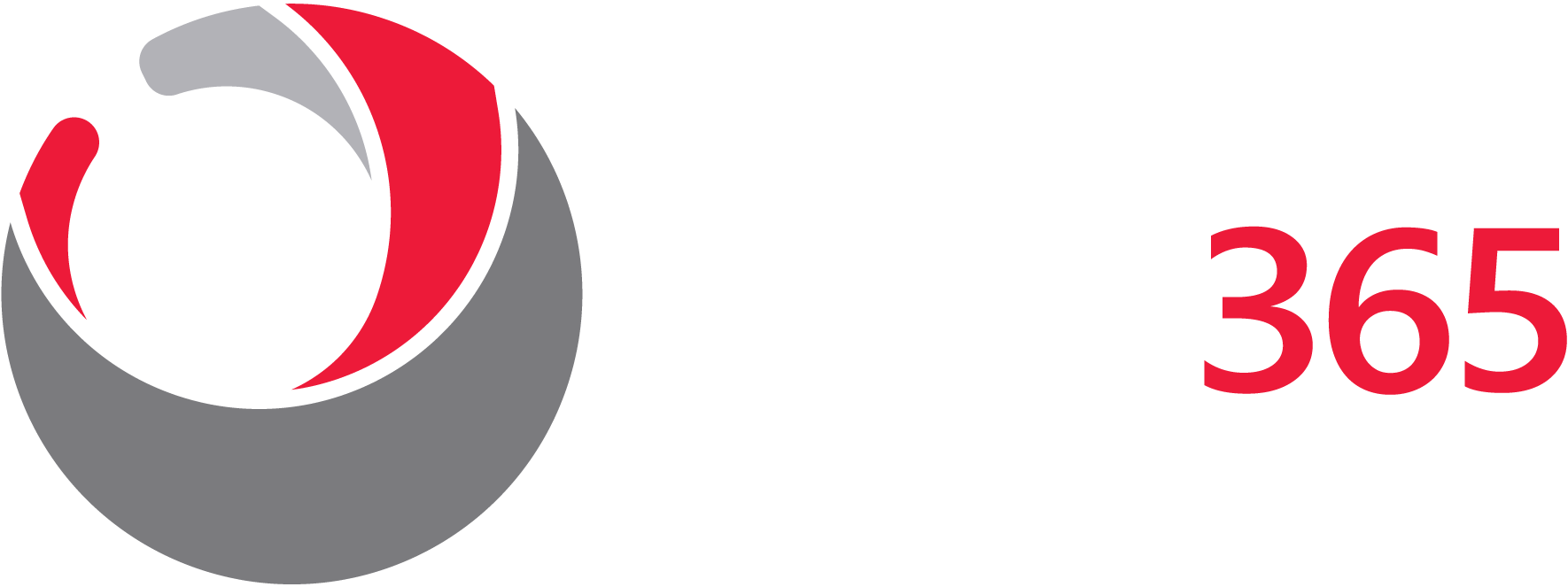Here we look at the Mitel MiVoice Business platform and how it compares with contemporary cloud solutions and discuss the differences. In our opinion, those differences aren’t that great, and we can help you to evaluate how you might protect your investment for the foreseeable future.
Looking beyond the obscure messaging
I’ve been around the comms industry now for over 30 years and have worked with a variety of voice-based solutions and have seen the core technology evolve from TDM platforms to where we are now with IP based solutions. Each evolution, in its’ time, has delivered great opportunities to Companies that enabled them to really take advantage of the associated technology enhancements but fundamentally, the core requirement has almost always been to provide a handset that a user could pick up and get reliable dial tone.
I’ve worked with most of the major PABX manufacturers including Mitel. Some solutions were the PBX equivalent of a Swiss Army Knife and could integrate just about any voice related technology whilst others have been more ‘aspirational’ a product evolved from marketeers and ‘product evangelists’. Of course, both extremes offer significant benefits to users, and I think that Mitel have always run an incredibly careful line somewhere between the two.
For me, I remember sitting through what seemed like endless presentations with increasingly obscure messaging to the point that I’d often have to ask myself ‘were they really talking about their latest PBX, or did I fall asleep at a crucial time?’ So, I always try to look beyond that messaging to fully understand and communicate what’s really available in a language that is actually relevant to my customers.
As I’ve mentioned, I’ve worked with Mitel for several years and seen the core product evolve from the old SX2000 to where we currently stand with the MiVoice Business. As a company, they’ve always been easy to talk to and retained that ‘small company’ feel so you genuinely feel that if it were necessary, you could talk to someone that really mattered and would get something done.
Their acquisitional strategy of taking on Intertel, Aastra and Shoretel has at times seemed confusing although there have been benefits that have filtered through to the MiVB. The Cloud proposition has often seemed inconsistent with a number of different options available although solutions are being used with significant numbers of users
Now in 2022 in a time of Cloud, Microsoft Teams and of course Covid, where are Mitel and what is the future for those of you with Mitel solutions?

A ‘no nonsense’ integration into Microsoft Teams
Many of you will have seen the news at the end of last year that Mitel and Ring Central had announced a strategic partnership that allowed Customers to migrate seamlessly to cloud communications, the inference being that every Mitel Customer would be given the opportunity to migrate to the Ring Central Message Video Phone (MVP) cloud platform.
This is largely true for all of the existing Mitel customers but, if you’ve invested in Mitel MiVB licencing over the years, kept up to date with your software assurance renewals and have a solution that is broadly doing what you want it to, is there a need to change?
At this stage, perhaps we should be asking ourselves what cloud solution really is? The basic answer is that in a data centre somewhere, there is still a server providing that basic PBX functionality. There are obvious benefits that could include enhanced resilience, increased global reach and perhaps a simple roadmap that would allow the integration of new features when they are needed to the users that actually need them.
I believe that it’s always important to evaluate the true cost of ownership over a given period and compare it with a more traditional solution and we shouldn’t forget, Cloud based solutions often rely on the integrity of public networks and need to ensure that their connectivity is appropriate to support such functionality.
To be honest, there is slight difference between Cloud and a contemporary MiVB solution, in the last eight to ten years of perhaps 50 or 60 solutions I’ve seen installed, I can think of only two that have been based on a traditional PABX platform and this has only been because analogue devices have made up the majority of users.
The remaining deployments have been made on industry standard or virtual servers and have been installed either on premise or within a data centre. Of course, this further enhances the resilience of the solution through the core functionality native to the server platform as well as the added facilities that are found within the majority of data centres.
In actual fact, many deployments are distributed across geographically dispersed data centres so not only do they ramp up the overall resilience but also prove a Disaster Recovery strategy for their users, this has been especially important during the various lockdowns that we’ve all had to endure.
I should also point out that within the Mitel news, it was announced that significant sums acquired from the partnership will be invested in the development of the Mitel core product set, including the MiVB.
Therefore, if you’ve made the investment, it does what you want it to, you’ve maintained software assurance and Mitel are continuing to develop the product then do you really need to consider a change?
The Mitel contact centre still offers a very comprehensive range of features which are hard to beat and at Koris365 we can integrate with additional applications which would make the very centre of your customer experience, we can channel all of the standard comms including voice, email and webchat and integrate them with social media all within the agents ‘single pane’ Web Ignite dashboard.
We can introduce AI to webchat and work with you to remove some of those basic interactions from your agent workload leaving them free to work on those more important or valuable customer conversations.
When the APIs are available Mitel plan to have a ‘no nonsense’ integration into Microsoft Teams meaning that the Teams user desktop literally becomes an extension off the Mitel delivering the core PBX functionality to Teams users.
The permutations of what is available to you and how you plan to use it are pretty vast and I am confident that we can deliver a solution that is based on the known functionality of the Mitel platform that provides the benefits that you’d expect to find within a cloud-based solution. The best news is that you probably already have it, we just need to work with you to unlock it and deliver a platform that is fit for the foreseeable future.
Want to discuss your Cloud and Collaboration requirements?


